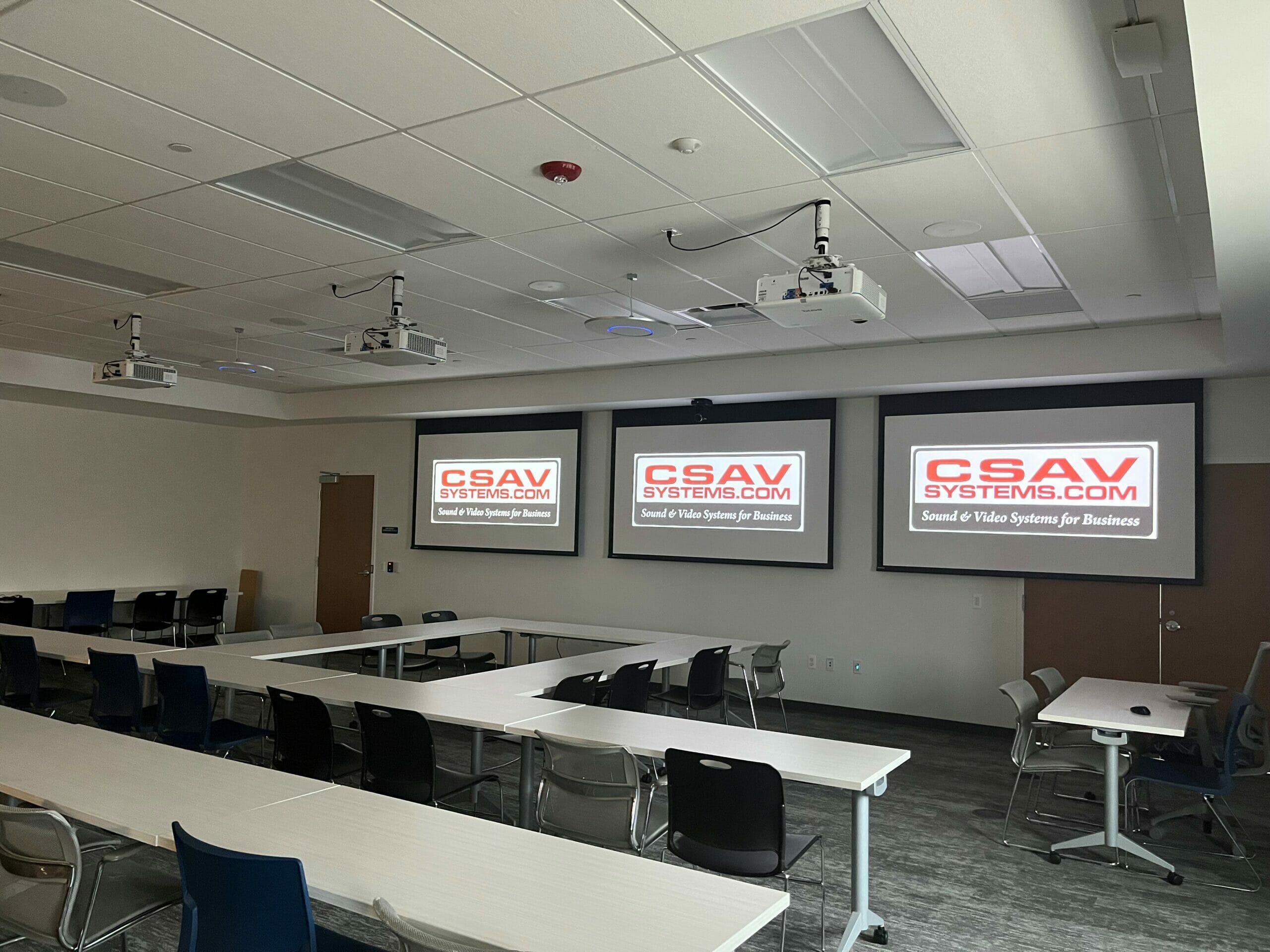Lighting conditions play a significant impact in how well we can perceive movement. Motion detection is a key component of different systems, including surveillance cameras, automatic illumination systems, and also certain gaming applications. Comprehending how different illumination conditions affect our capacity to detect motion can help improve the development and efficacy of these technologies. For instance, inadequate illumination might lead to missed motions or false alerts, while ideal illumination can boost the precision of motion detection technologies.
In well-lit lighting conditions, motion detection is generally more reliable. When there is ample illumination, sensors and cameras can capture sharper pictures, which helps in identifying dynamic objects. Bright conditions allow for better contrast between the moving element and the surroundings. This contrast is essential for both human viewers and automated technologies, as it makes it simpler to differentiate between stationary and moving elements in a scene. Thus, ensuring that areas are adequately illuminated can significantly improve the effectiveness of movement detection technologies.
On the other hand, low-light environments can pose challenges for motion detection. In low-light settings, shadows can hide moving objects, making them hard to detect. Additionally, the eye faces challenges to detect motion in dim conditions, which can result in misinterpretation of the situation in the environment. Cameras might also face challenges, as many do not function well in low light without the use useful site of infrared technology or alternative enhancements. These limitations highlight the importance of sufficient lighting in environments where motion detection is critical.
Additionally, different kinds of illumination can have varying effects on movement detection. For instance, neon lights can flicker, which can confuse motion detection technologies that depend on consistent illumination input. On the contrary, daylight provides a consistent source of lighting that enhances clarity. Comprehending these variations in lighting conditions can assist users in selecting the most appropriate illumination for specific uses, click resources especially in surveillance and surveillance situations.

In conclusion, the connection between illumination environments and motion detection accuracy is significant. By making sure that settings are appropriately lit, we can enhance the reliability of motion detection systems. This knowledge not only supports tech applications but also improves safety and security in multiple settings. As further advancements are made in motion detection technology, taking into account illumination environments will continue to be a crucial factor in optimizing performance and ensuring that these systems work effectively in various conditions.
Comments on “Highlighting the Influence of Lighting Circumstances on Motion Identification Accuracy and Reliability”